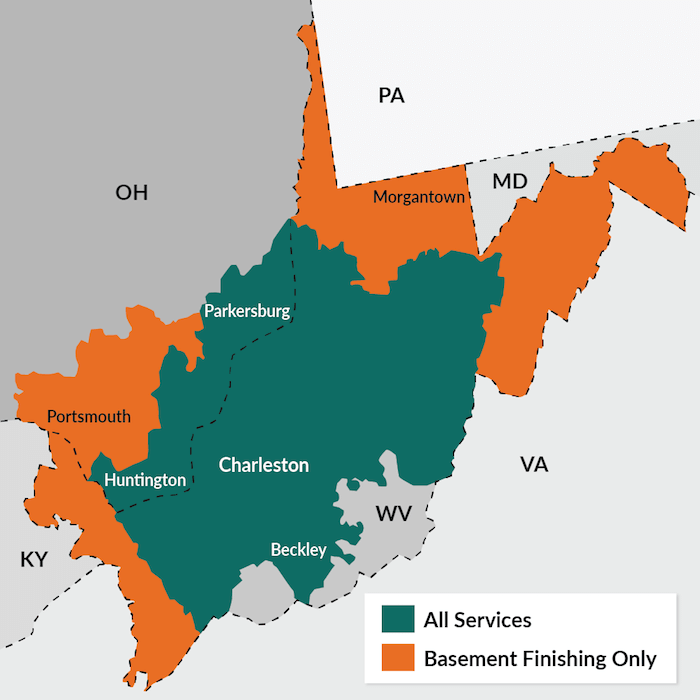


Our numerical example draws on estimates from Washington, D.C., but is applicable to other urban areas.īuilding more housing on single-family parcels doesn’t require skyscrapers In this piece, we illustrate how replacing detached single-family homes with “gentle density” could increase the number of homes available and bring down average housing prices in high-cost locations, while retaining the physical scale of the neighborhood. While high-rise apartments in strategic locations should be part of the solution, many single-family neighborhoods could easily yield more housing-and more affordable housing-if land use rules allowed “gentle” increases in density, such as townhomes, two- to four-family homes, and small-scale apartment or condominium buildings. In reality, the housing stock in most communities is much more diverse than these two extremes. Often, the choice is posed as a trade-off between detached homes with big yards or skyscraping apartment towers. grapple with worsening housing affordability, there is growing interest in how zoning rules could be relaxed to allow smaller, less expensive homes, as in Minneapolis. The origins of single-family zoning in America are not benign: Many housing codes used density as a proxy for separating people by income and race.īut as communities across the U.S. On roughly 75% of land in most cities today, it is illegal to build anything except single-family detached houses. Minneapolis’s plan was a rare rebuke to a trend in American cities going back to the 1940s, in which communities created increasingly strict regulatory barriers to protect low-density neighborhoods. Its method for doing so was through zoning-the plan effectively banned single-family-exclusive zoning by allowing three-family buildings in all residential neighborhoods across the city. A year ago this month, Minneapolis made national headlines by adopting a new comprehensive plan with two objectives: reducing racial segregation and improving housing affordability.


 0 kommentar(er)
0 kommentar(er)
